Նախիջևանի հատվածում ադրբեջանական բանակը պատրաստվում է ձմռանը
Աշոտ Ասատրյան
11 նոյեմբեր 2018
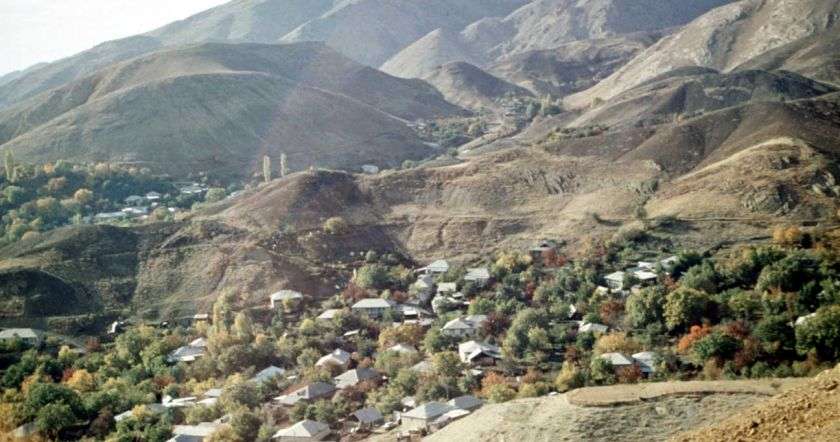 Նախիջևանի հատվածում ադրբեջանական բանակը պատրաստվում է ձմռանը ու հիմնականում հենց այդ պատճառով կատարվում են ինժիներական աշխատանքներ։ Հատկապես ամիսներ առաջ կառուցված նոր դիրքերը այս պահին պետք է ամրացնեն, որպեսզի ձմեռը զորքը չփախփի այդ վայրերից։
Նախիջևանի հատվածում ադրբեջանական բանակը պատրաստվում է ձմռանը ու հիմնականում հենց այդ պատճառով կատարվում են ինժիներական աշխատանքներ։ Հատկապես ամիսներ առաջ կառուցված նոր դիրքերը այս պահին պետք է ամրացնեն, որպեսզի ձմեռը զորքը չփախփի այդ վայրերից։
Այդ հատվածում հայկական բանակի հետ բախումների ժամանակ իհարկե չէին կարող բարելավել նոր դիրքերը, որոնց մի մասը այդպես էլ թողեցին ու հեռացան։ Ժամանակին դրա պատասխանը տրվեց , սակայն ինչպես նկատում ենք կրկին մեր մարդասիրության ձեռքը կրակն ենք ընկել, քանի որ որոշ ժամանակ հրադադարի ռեժիմը պահպանելու և հանգիստ թողելու արդյունքում կամաց-կամաց ամրացվել են դիրքերը, որի հետևանքով հիմա ինժիներական աշխատանքներ են կատարվում։
Ամիսներ առաջ դիրքերի մի մասը նույնիսկ զրկված էր սննդի համար նախատեսված ճանապարհից ու 3 օրը մեկ մի կերպ, մեր զինվորների հսկողությամբ, սնունդ էին բերում ծառայություն իրականացնող զինծառայողներին։ Այ հենց այդ շրջանում կոնկրետ ճնշումներ իրականացնելու դեպքում մի քանի օրերի ընթացքում նոր դիրքերը կդատարկվեին, չնայած որոշ դիրքերի դեպքում հենց այդպես է եղել, որովհետև սկզբնական շրջանում դիրքավորված վայրերից մի քանիսն են այժմ մնացել։
Մենք վերջապես պետք է հասկանանք, որ ադրբեջանցիների խոսքին երբեք հավատալ պետք չի, երբեք չպետք է փորձենք որևէ հարցում զգոնությունը թուլացնել։ Ցանկացած թուլության դեպքում ադրբեջանցին անցնում է իր սադրիչ գործողություններին։
Նյութի աղբյուր՝ https://www.facebook.com/ashot.asatr...81777368537657
Աշոտ Ասատրյան
11 նոյեմբեր 2018
 Նախիջևանի հատվածում ադրբեջանական բանակը պատրաստվում է ձմռանը ու հիմնականում հենց այդ պատճառով կատարվում են ինժիներական աշխատանքներ։ Հատկապես ամիսներ առաջ կառուցված նոր դիրքերը այս պահին պետք է ամրացնեն, որպեսզի ձմեռը զորքը չփախփի այդ վայրերից։
Նախիջևանի հատվածում ադրբեջանական բանակը պատրաստվում է ձմռանը ու հիմնականում հենց այդ պատճառով կատարվում են ինժիներական աշխատանքներ։ Հատկապես ամիսներ առաջ կառուցված նոր դիրքերը այս պահին պետք է ամրացնեն, որպեսզի ձմեռը զորքը չփախփի այդ վայրերից։Այդ հատվածում հայկական բանակի հետ բախումների ժամանակ իհարկե չէին կարող բարելավել նոր դիրքերը, որոնց մի մասը այդպես էլ թողեցին ու հեռացան։ Ժամանակին դրա պատասխանը տրվեց , սակայն ինչպես նկատում ենք կրկին մեր մարդասիրության ձեռքը կրակն ենք ընկել, քանի որ որոշ ժամանակ հրադադարի ռեժիմը պահպանելու և հանգիստ թողելու արդյունքում կամաց-կամաց ամրացվել են դիրքերը, որի հետևանքով հիմա ինժիներական աշխատանքներ են կատարվում։
Ամիսներ առաջ դիրքերի մի մասը նույնիսկ զրկված էր սննդի համար նախատեսված ճանապարհից ու 3 օրը մեկ մի կերպ, մեր զինվորների հսկողությամբ, սնունդ էին բերում ծառայություն իրականացնող զինծառայողներին։ Այ հենց այդ շրջանում կոնկրետ ճնշումներ իրականացնելու դեպքում մի քանի օրերի ընթացքում նոր դիրքերը կդատարկվեին, չնայած որոշ դիրքերի դեպքում հենց այդպես է եղել, որովհետև սկզբնական շրջանում դիրքավորված վայրերից մի քանիսն են այժմ մնացել։
Մենք վերջապես պետք է հասկանանք, որ ադրբեջանցիների խոսքին երբեք հավատալ պետք չի, երբեք չպետք է փորձենք որևէ հարցում զգոնությունը թուլացնել։ Ցանկացած թուլության դեպքում ադրբեջանցին անցնում է իր սադրիչ գործողություններին։
Նյութի աղբյուր՝ https://www.facebook.com/ashot.asatr...81777368537657


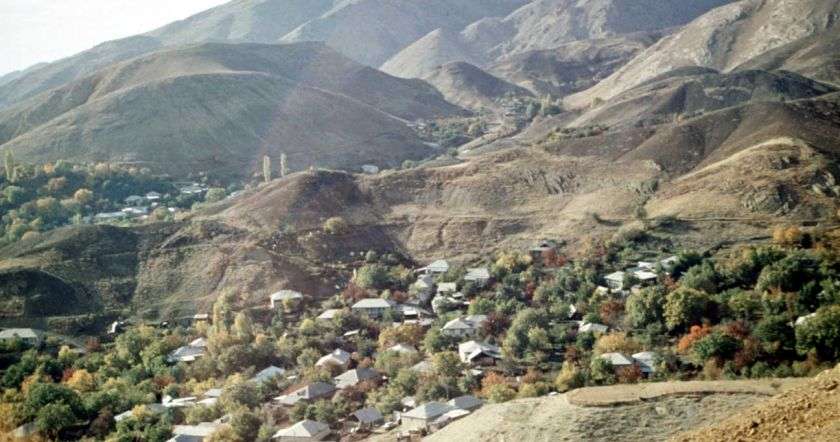 Գրեթե վստահ եմ, որ Ադրբեջանի կողմից Նախիջևանյան հատվածում իրականացված գործընթացները հեռահար նպատակ են հետապնդում՝ հեռանկարում մեզ համար լուրջ սպառնալիք ստեղծելու հաշվարկով:
Գրեթե վստահ եմ, որ Ադրբեջանի կողմից Նախիջևանյան հատվածում իրականացված գործընթացները հեռահար նպատակ են հետապնդում՝ հեռանկարում մեզ համար լուրջ սպառնալիք ստեղծելու հաշվարկով: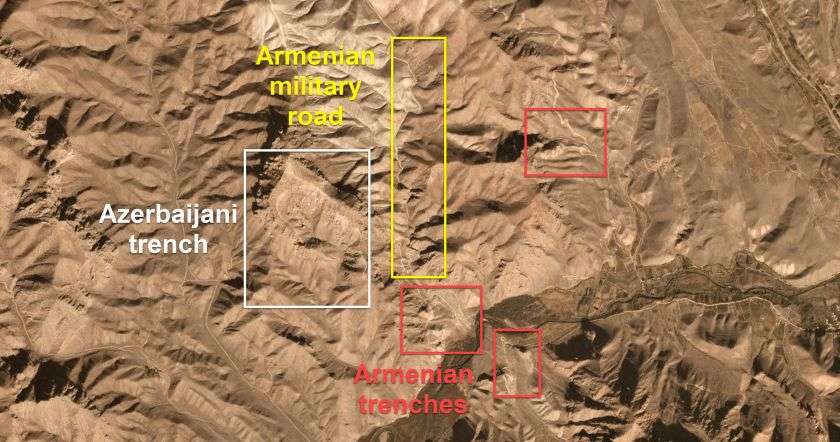 Երբ մի քանի ամիս առաջ մենք բղավում էինք, որ ադրբեջանցիները իրենց դիրքերը առաջ են տալիս, մեզ մեղադրում էին թե "տենց բան չկա և դրանք տեղեկատվական սադրանքներ են" : Այժմ ունենք մի խայտառակ իրավիճակ, երբ մեր բառադիության և ապուշ ինքնավստահության պատճառով ադրբեջանական բանակը փաստացի կարող է գնդակոծել միջպետական մայրուղիները և վտանգի տակ պահել բազմաթիվ հայաստանյան սահմանային գյուղեր։ Հիմա վիճակը գնալով էլ ավելի է վատանում ... Շատ լավ վերլուծության հանդիպեցի tert.am կայքում։ Հեղինակը` իմ ընկեր Հրանտ Մելիք-Շահնազարյան է։ Կարդացեք, շատ հետաքրքիր է:
Երբ մի քանի ամիս առաջ մենք բղավում էինք, որ ադրբեջանցիները իրենց դիրքերը առաջ են տալիս, մեզ մեղադրում էին թե "տենց բան չկա և դրանք տեղեկատվական սադրանքներ են" : Այժմ ունենք մի խայտառակ իրավիճակ, երբ մեր բառադիության և ապուշ ինքնավստահության պատճառով ադրբեջանական բանակը փաստացի կարող է գնդակոծել միջպետական մայրուղիները և վտանգի տակ պահել բազմաթիվ հայաստանյան սահմանային գյուղեր։ Հիմա վիճակը գնալով էլ ավելի է վատանում ... Շատ լավ վերլուծության հանդիպեցի tert.am կայքում։ Հեղինակը` իմ ընկեր Հրանտ Մելիք-Շահնազարյան է։ Կարդացեք, շատ հետաքրքիր է:


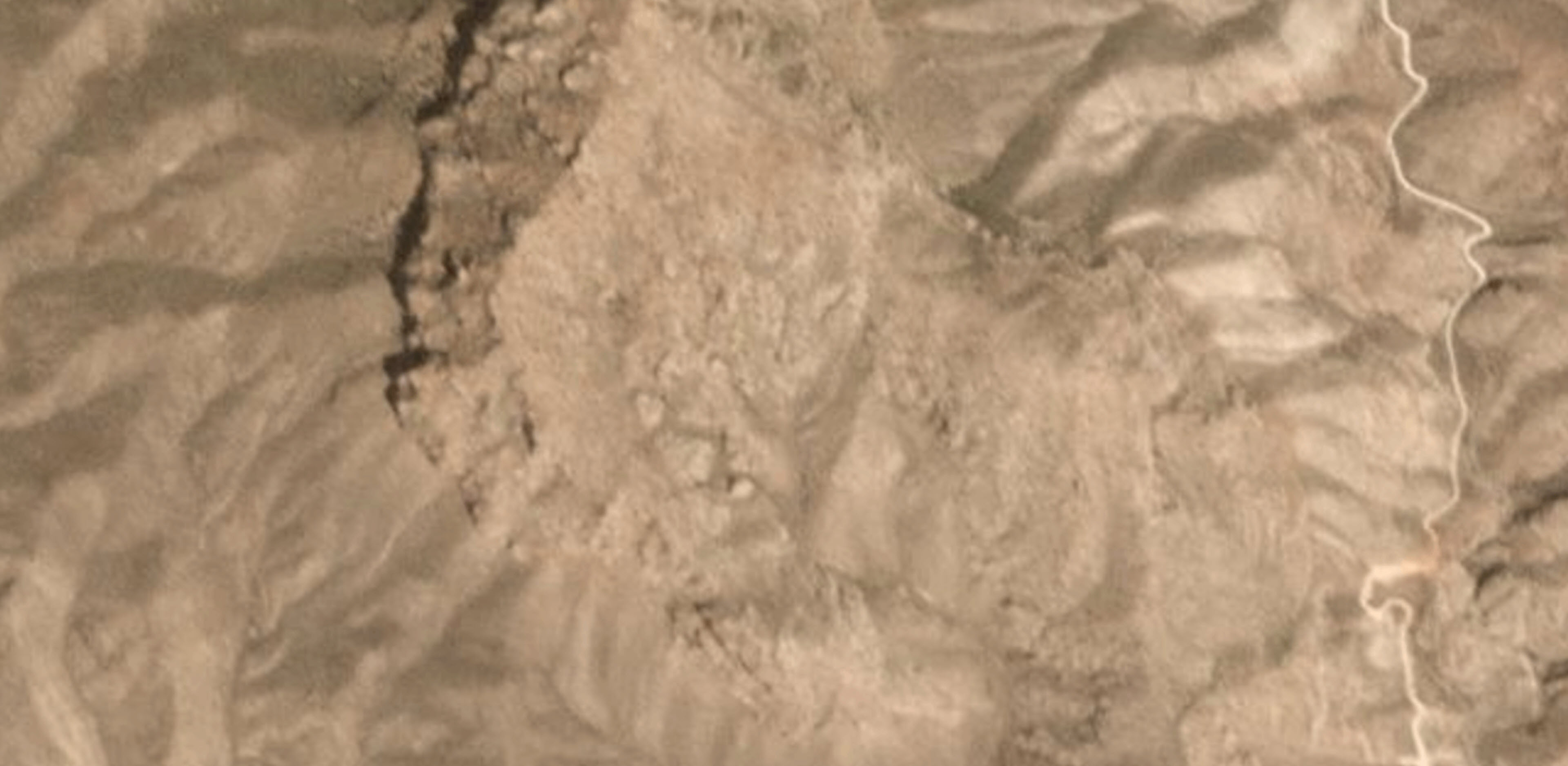
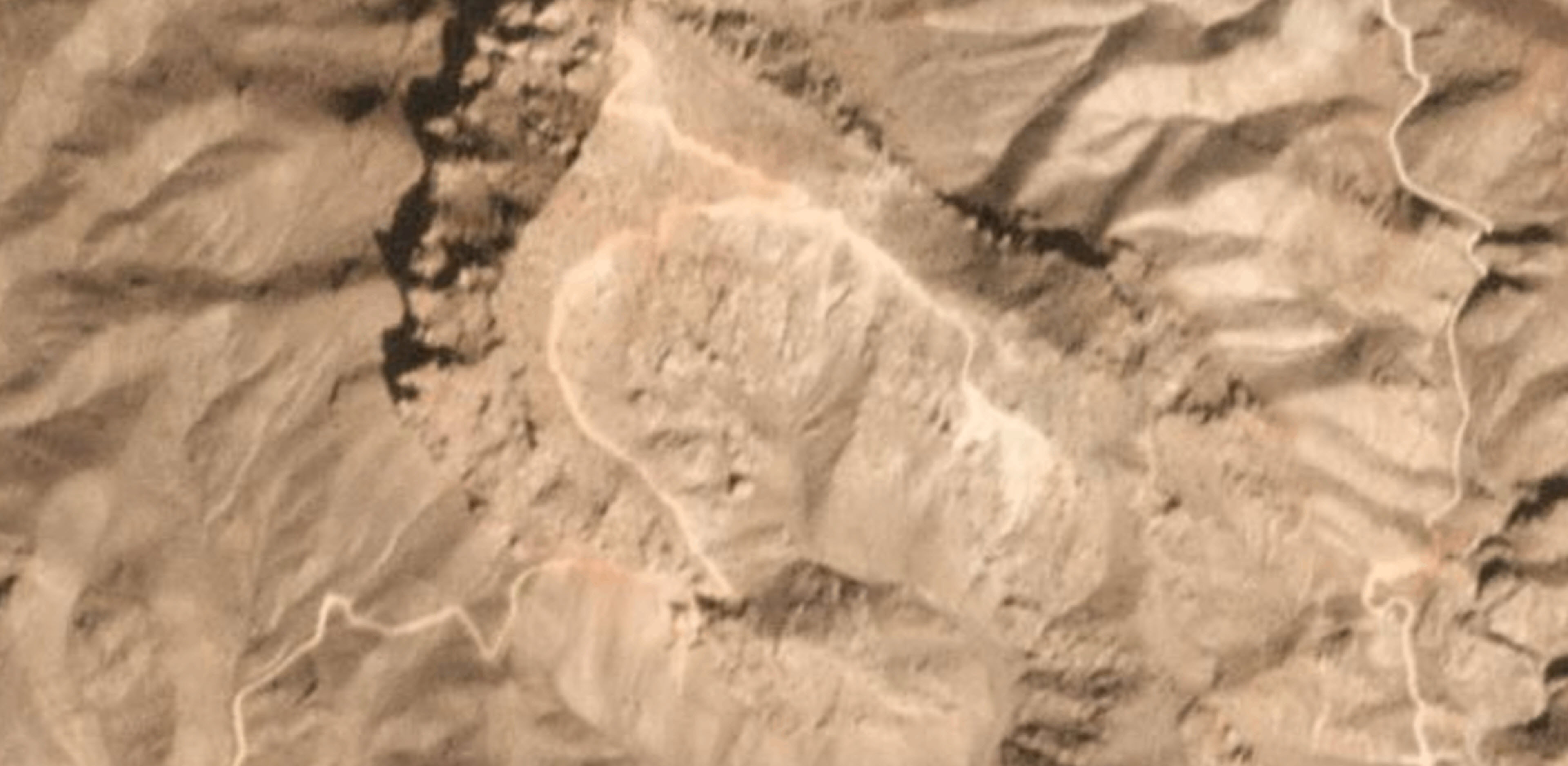
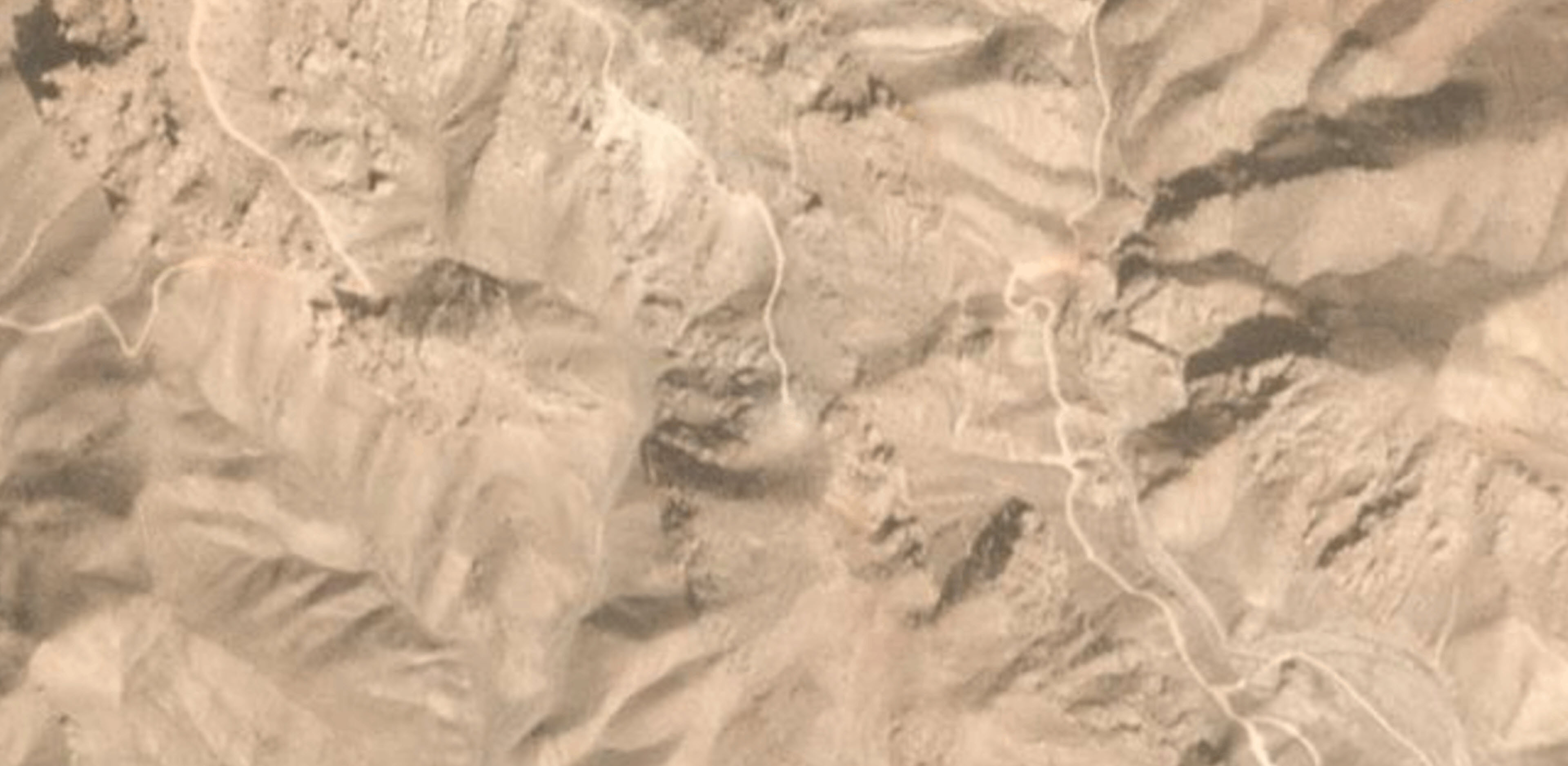
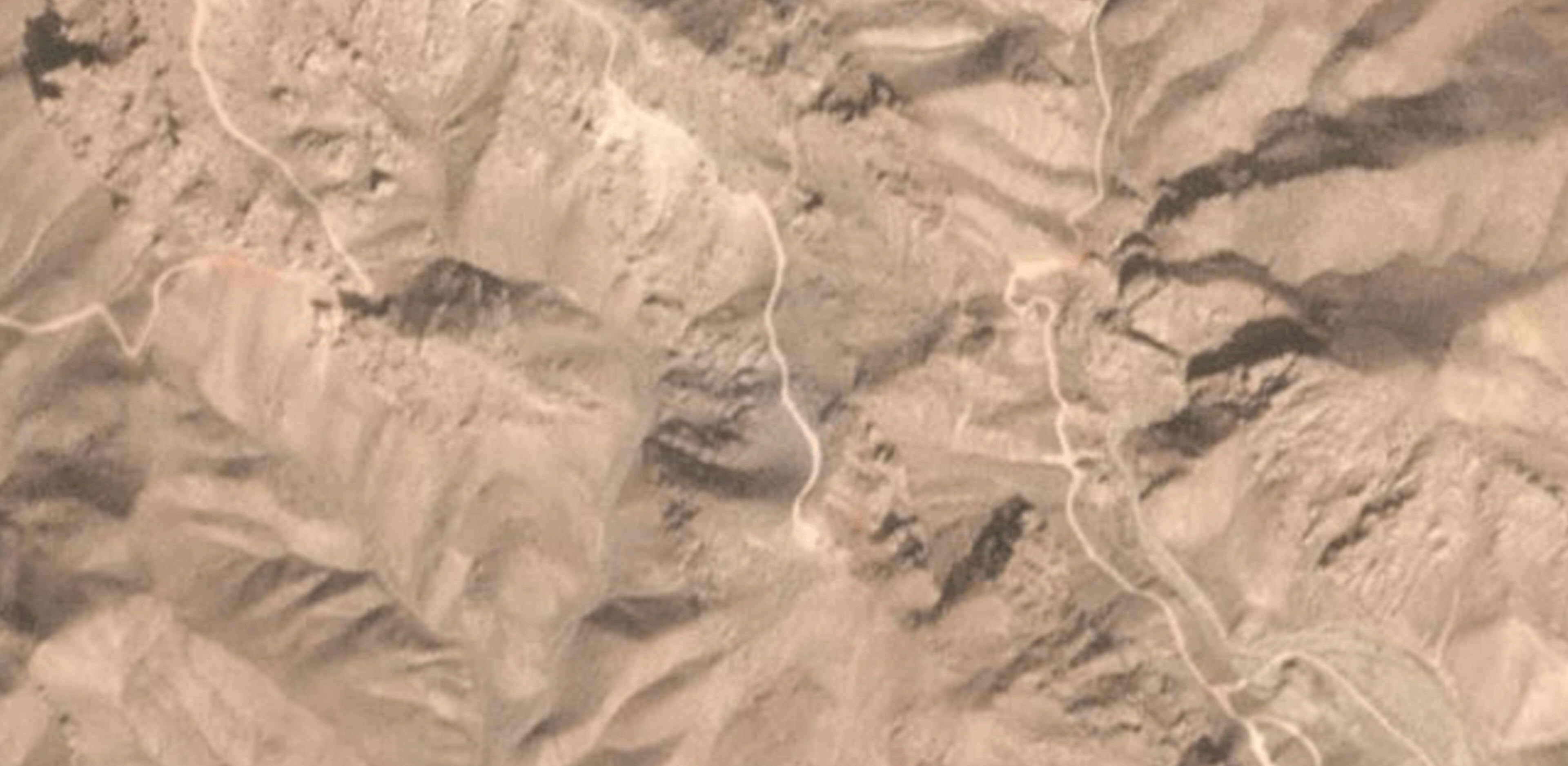










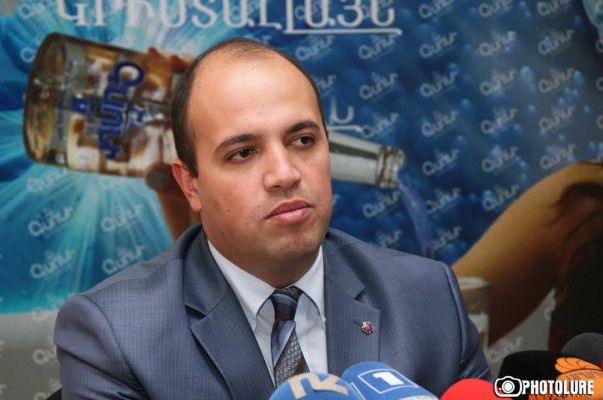
















Comment